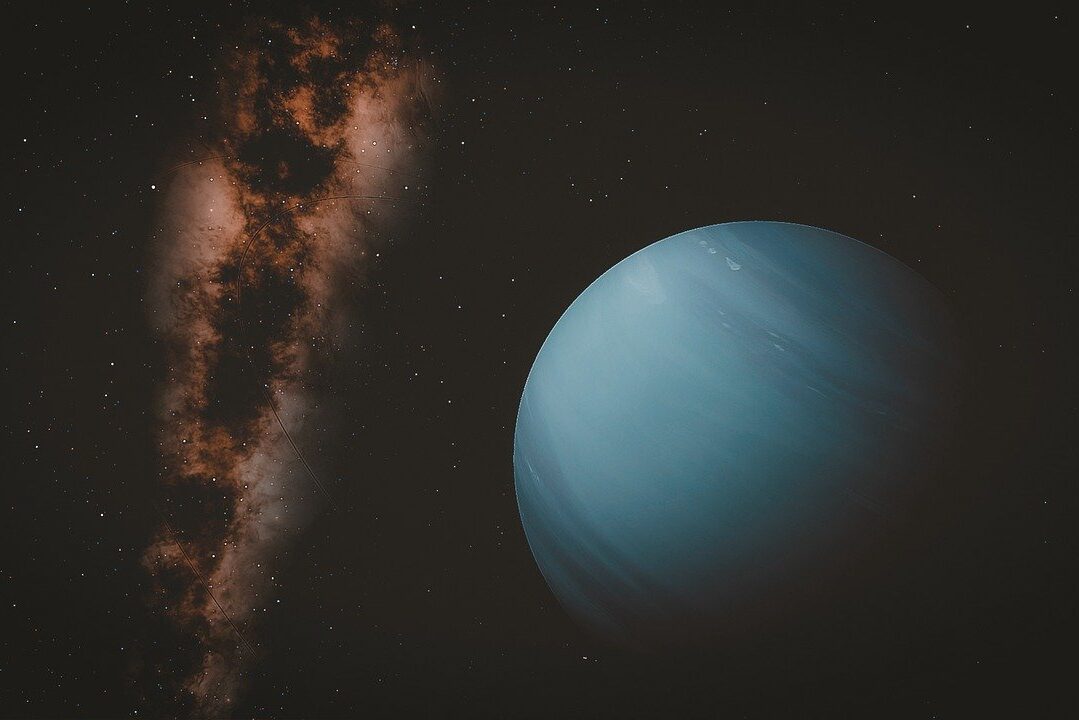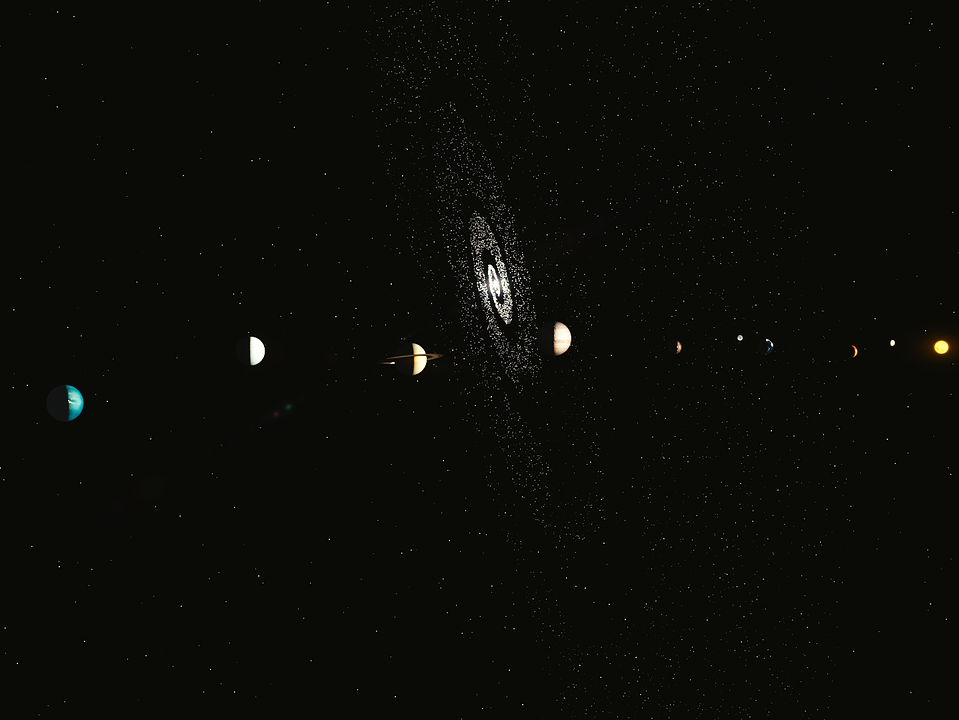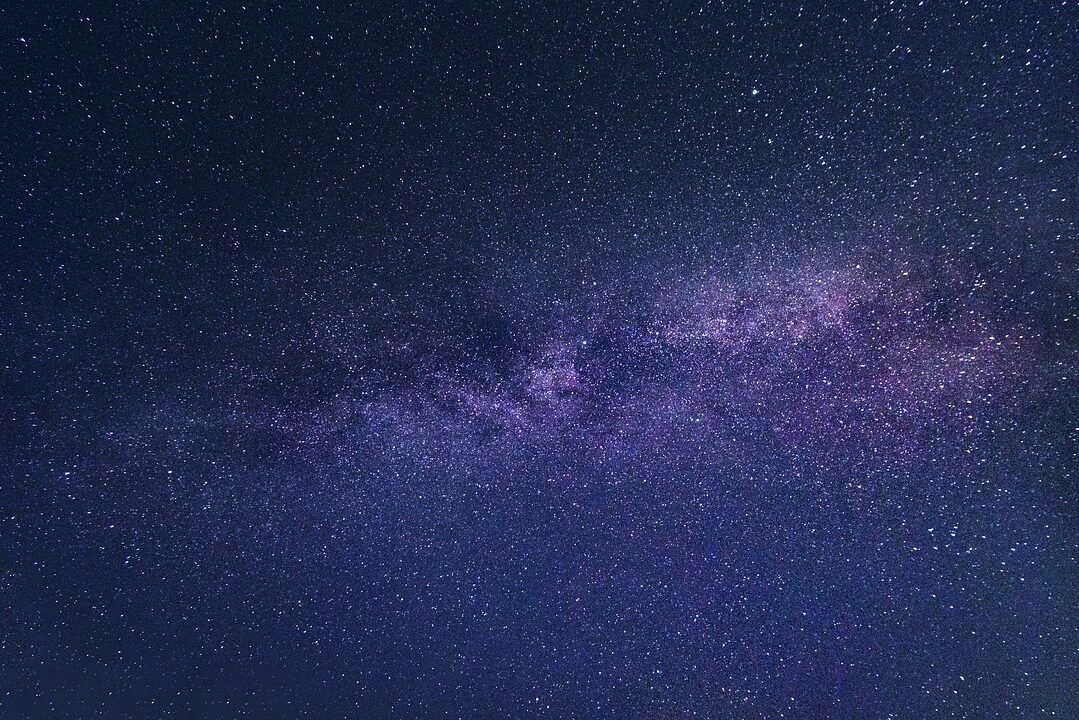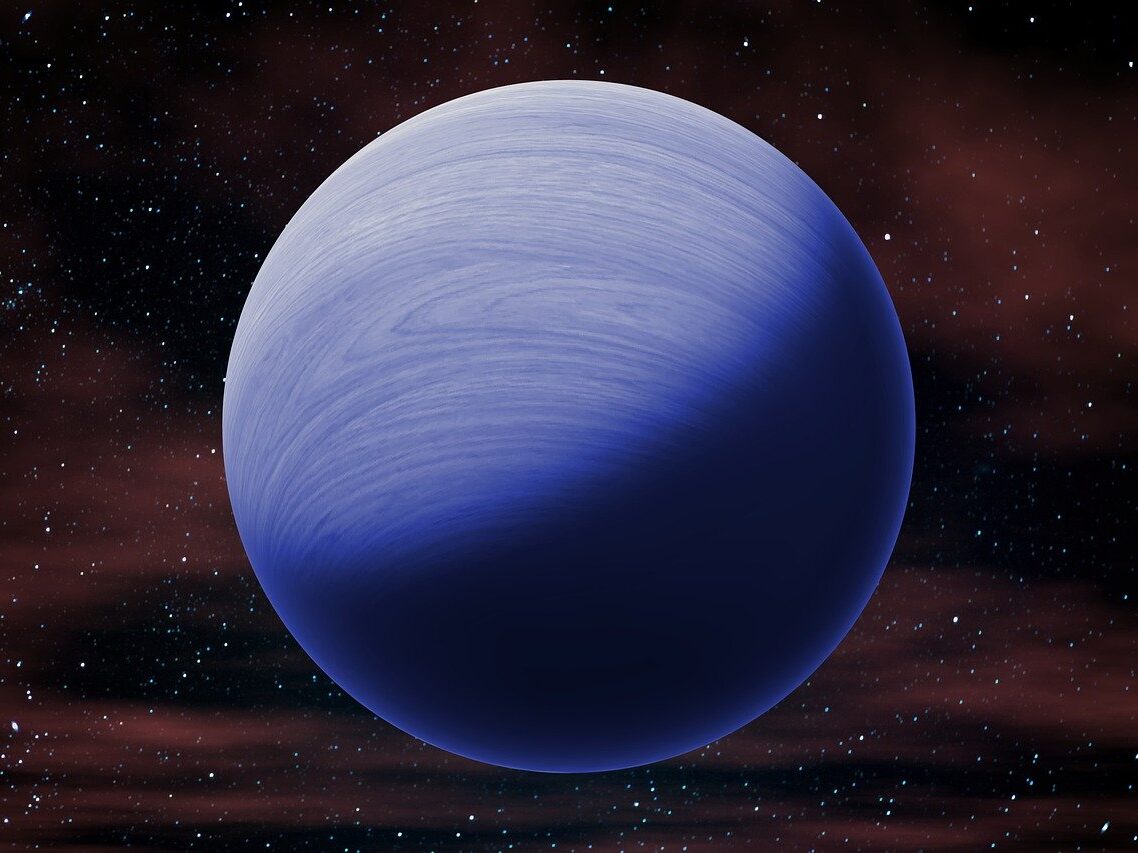Secret Ninth Planet Searched For By Astronomers
Two astronomers from Yale are utilizing new techniques to try and find a hidden, secret planet beyond Neptune.
This article is more than 2 years old

For years, it has been hypothesized that there might be a ninth, secret planet in our solar system, but now, two astronomers from Yale are utilizing new techniques to try and find this hidden planet.
Astronomers Malena Rice and Gregory Laughlin are trying a new technique that as Yale News states, gathers scattered light from thousands of space telescope images and identifies orbital pathways for previously undiscovered objects. The problem with finding this secret planet is that it’s simply too dark to find.
This secret planet is estimated to be about 12 to 23 times as far from the Sun as Pluto is, so the amount of light that hits the theoretical planet would be incremental. Malena Rice stated, “You really can’t see them without using this kind of method. If Planet Nine is out there, it’s going to be incredibly dim.”

According to Gregory Laughlin, the senior author of the study, this secret Planet Nine would likely be a super-Earth of sorts. The planet would have 5 to 10 times Earth’s mass, be located hundreds of times farther from the Sun than Earth, and is 14 to 27 times as distant from the Sun as Neptune is. Laughlin said the Ninth Planet is in “a region of space that is almost entirely unexplored.”
NASA has stated that if this secret Planet Nine does exist, it may take somewhere between 10,000 and 20,000 Earth years to make an orbit around the Sun. By comparison, Neptune completes an orbit around the Sun every 165 years. Planet Nine – if discovered – would be the first planet discovered that orbits the Sun in 200 years.
Malena Rice and Gregory Laughlin are using a method known as “shifting and stacking” as a way to try and find this mysterious secret planet. In this process, they shift images from a space telescope, moving the camera around along sets of possible orbital paths. Then, the pair stack hundreds of the images together that gives a slight amount of light. In using this process, Rice and Laughlin have already found 17 potential objects.

While there is hope for a secret planet nine, many question the likelihood that there could be a new undiscovered planet. Beyond the fact that it’s hard to find, due to its distance from the sun, others have stated that what is believed to be a planet might be a black hole or even a collection of various objects that exist past Neptune.
Yet while it seems that Malena Rice and Gregory Laughlin are hopeful they’ll discover a new planet, they remain agnostic about its existence. Laughlin states that they’ll follow every clue they can to discover what is past Neptune, and Rice has said that she will be focusing on the data, yet she did say, “but it would be beautiful if it’s out there.”

The research of Malena Rice and Gregory Laughlin has been accepted by The Planetary Science Journal. Rice is a Ph.D. student in astronomy and National Science Foundation Graduate Research Fellow, while Laughlin is a professor of anatomy in the Faculty of Arts and Sciences. Their study on the secret planet and their findings were originally presented on October 27 at the meeting of the American Astronomical Society’s Division for Planetary Sciences.
Whether Malena Rice and Gregory Laughlin’s research on this secret planet turns into the discovery of a super-Earth or something else, it’ll be fascinating to see what they discover in the dark, rarely researched areas of our solar system.












